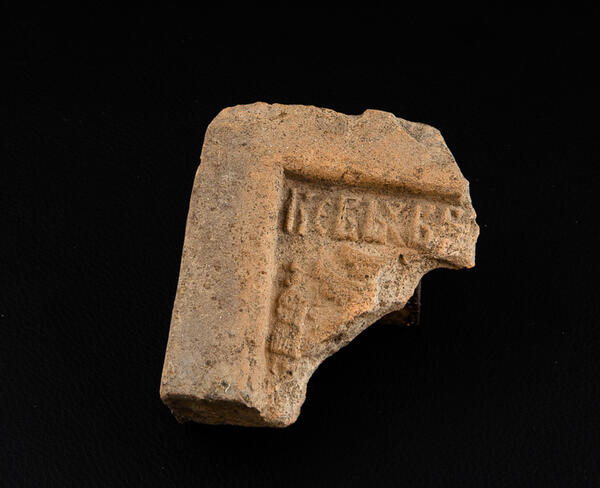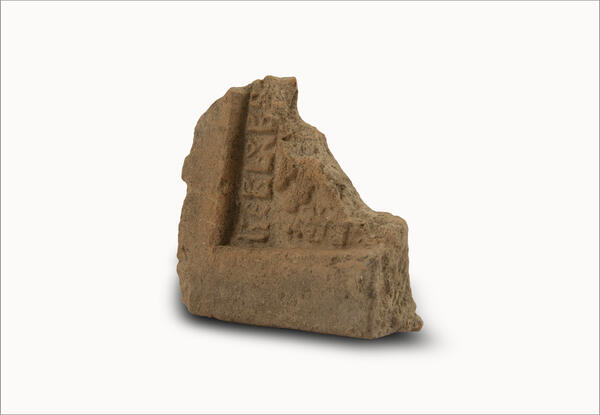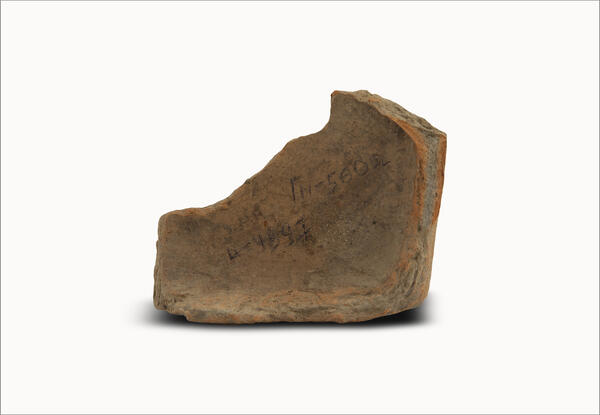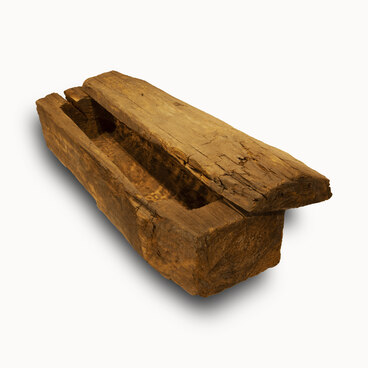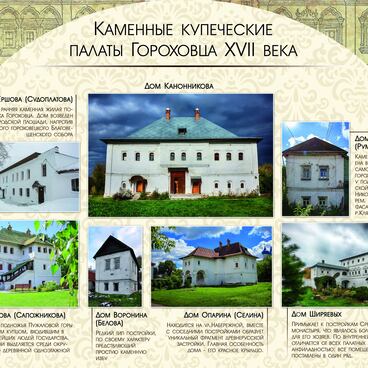The prominent place in the Russian household interior was always occupied by a masonry stove, which had a great practical, symbolic and aesthetic value and was an integral part of every dwelling. Since ancient times, stoves were decorated with clay tiles — ceramic decorations for the outer walls of churches and palaces, as well as for facing stoves in state rooms. In Russian, they were called “izraztsy” up until the mid-17th century.
It is believed that the predecessor of stove tiles appeared in the 13th century in Central Europe. Ceramic tiles were widely used in architecture across various countries, and Rus was not an exception. Russian tile art originated in ancient Kyiv of the 10th–11th centuries, as well as Ryazan and Vladimir of the 12th century. Archaeological excavations in these cities revealed the first Russian ceramics with multicolored glazing.
Moscow was the main center of tile art in Russia up until the mid-17th century. Later, tile art became well-represented in Yaroslavl, the Trinity Lavra of St. Sergius, Suzdal, the Resurrection or New Jerusalem Monastery, and Balakhna. In the 17th century, simultaneously with European tiles, several different designs of tiles were developed in Russia. They included terracotta tiles, that were made from red varieties of clay, enameled tiles (with green lead glaze), and colored tiles, covered with various types of glaze of mainly turquoise, yellow, green, and white shades.
The museum’s collection includes the front and profile parts of a tiled stove, corner tiles, and elements of a decorative cornice that embellishes the top edge of the stove. The exhibits are dated between the 17th century and the early 20th century, which means that they cover the period of both terracotta tiles with plot motifs and relief or smooth tiles with polychrome drawings.
In the first quarter of the 18th century, Russian tile art enjoyed some innovations: Peter I initiated the production of smooth hand-painted tiles. In 1725, at factories outside of Moscow, craftsmen began to make white tiles, as well as non-painted and painted ones.
There were two types of painting used in stove tiles — “landscape” and “Hamburg”. Hamburg stove tiles depicted genre scenes, buildings, and ships, and were valued twice as much. They were produced in much fewer quantities: the ratio of landscape tiles to Hamburg ones was ten to one.
It is believed that the predecessor of stove tiles appeared in the 13th century in Central Europe. Ceramic tiles were widely used in architecture across various countries, and Rus was not an exception. Russian tile art originated in ancient Kyiv of the 10th–11th centuries, as well as Ryazan and Vladimir of the 12th century. Archaeological excavations in these cities revealed the first Russian ceramics with multicolored glazing.
Moscow was the main center of tile art in Russia up until the mid-17th century. Later, tile art became well-represented in Yaroslavl, the Trinity Lavra of St. Sergius, Suzdal, the Resurrection or New Jerusalem Monastery, and Balakhna. In the 17th century, simultaneously with European tiles, several different designs of tiles were developed in Russia. They included terracotta tiles, that were made from red varieties of clay, enameled tiles (with green lead glaze), and colored tiles, covered with various types of glaze of mainly turquoise, yellow, green, and white shades.
The museum’s collection includes the front and profile parts of a tiled stove, corner tiles, and elements of a decorative cornice that embellishes the top edge of the stove. The exhibits are dated between the 17th century and the early 20th century, which means that they cover the period of both terracotta tiles with plot motifs and relief or smooth tiles with polychrome drawings.
In the first quarter of the 18th century, Russian tile art enjoyed some innovations: Peter I initiated the production of smooth hand-painted tiles. In 1725, at factories outside of Moscow, craftsmen began to make white tiles, as well as non-painted and painted ones.
There were two types of painting used in stove tiles — “landscape” and “Hamburg”. Hamburg stove tiles depicted genre scenes, buildings, and ships, and were valued twice as much. They were produced in much fewer quantities: the ratio of landscape tiles to Hamburg ones was ten to one.

